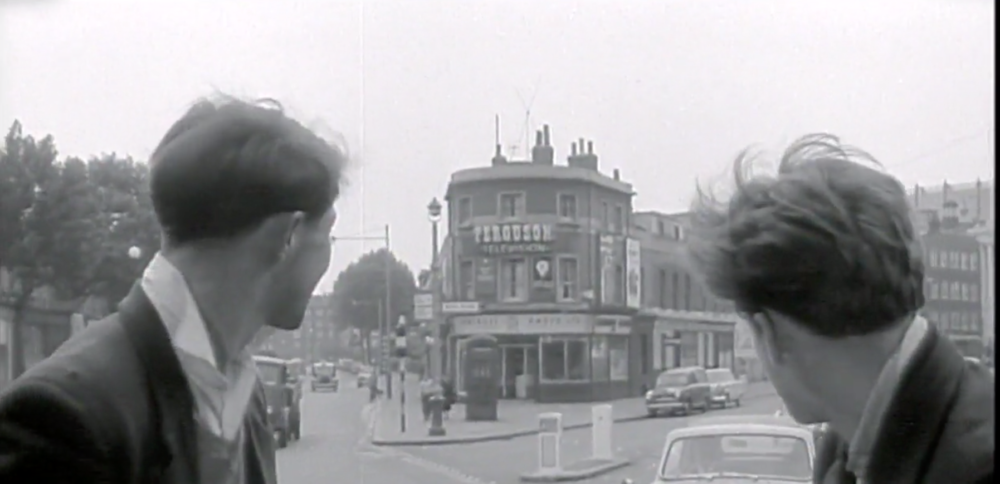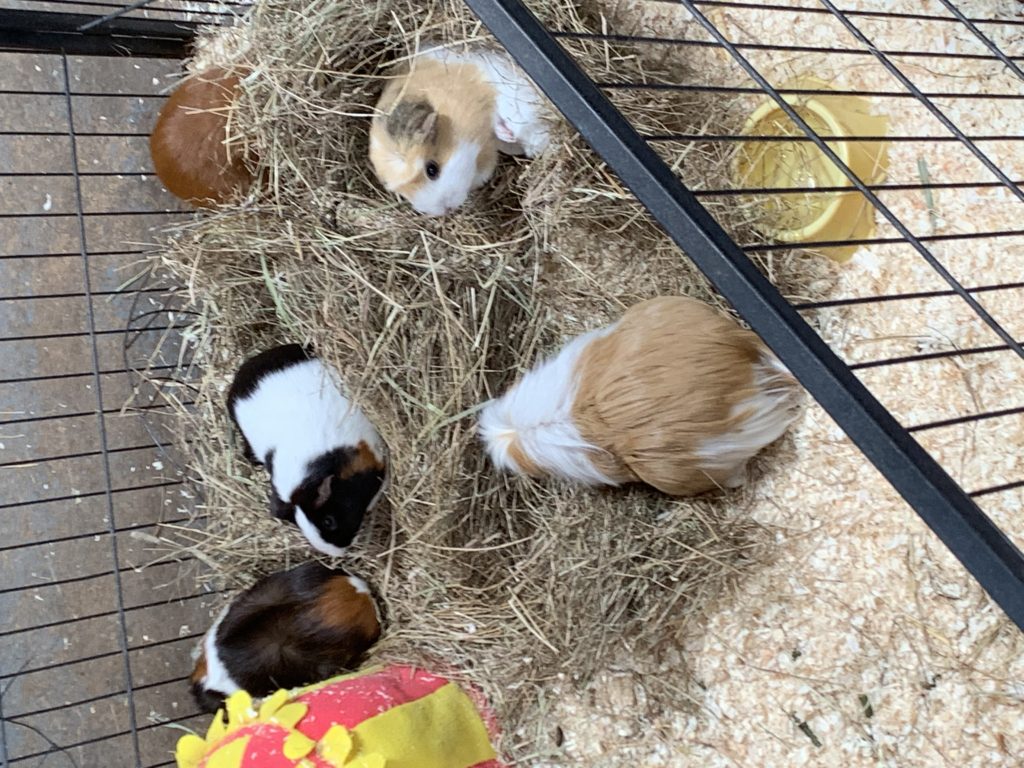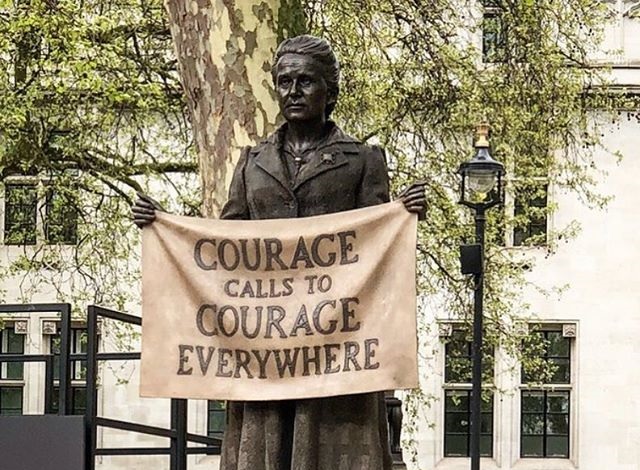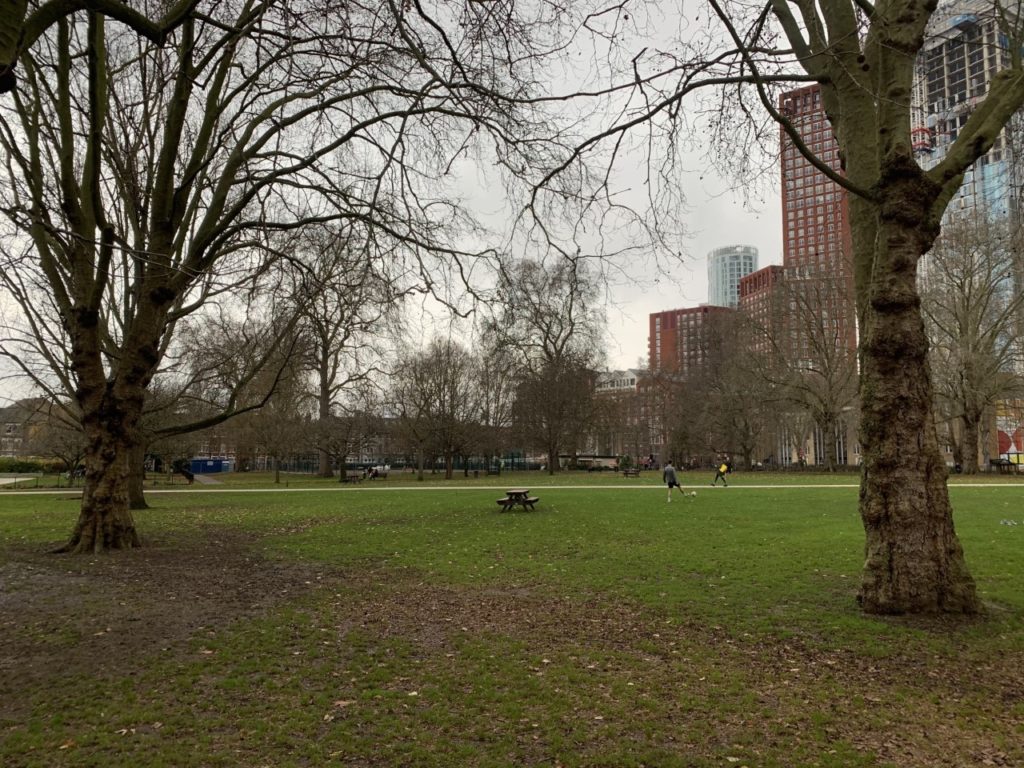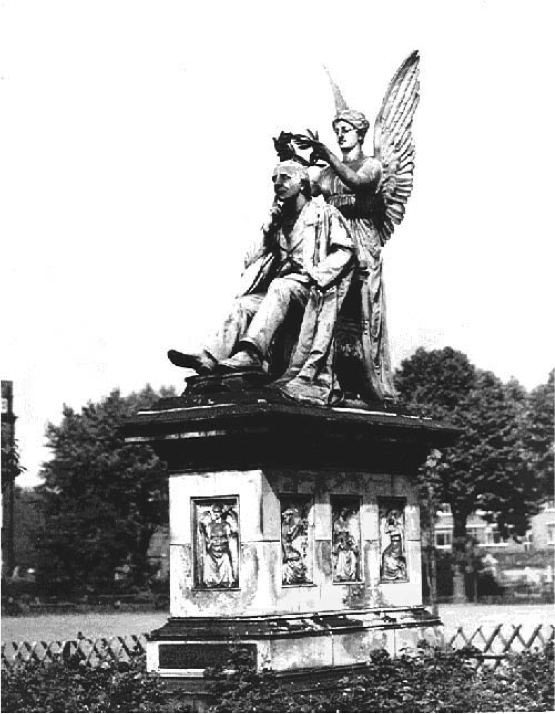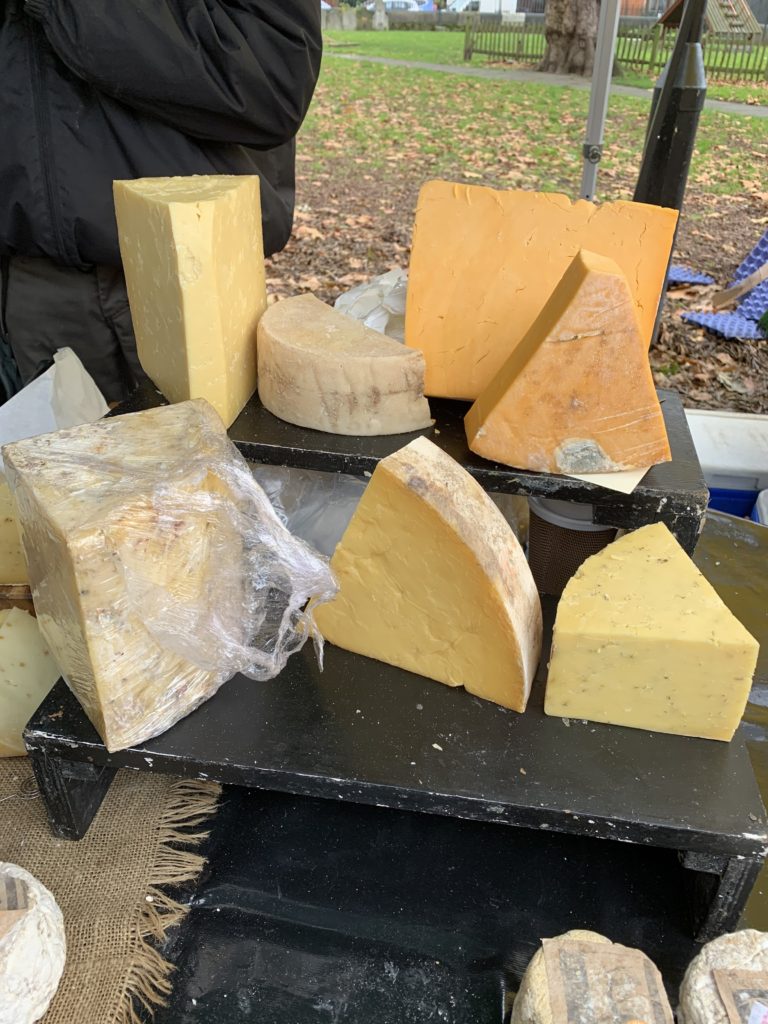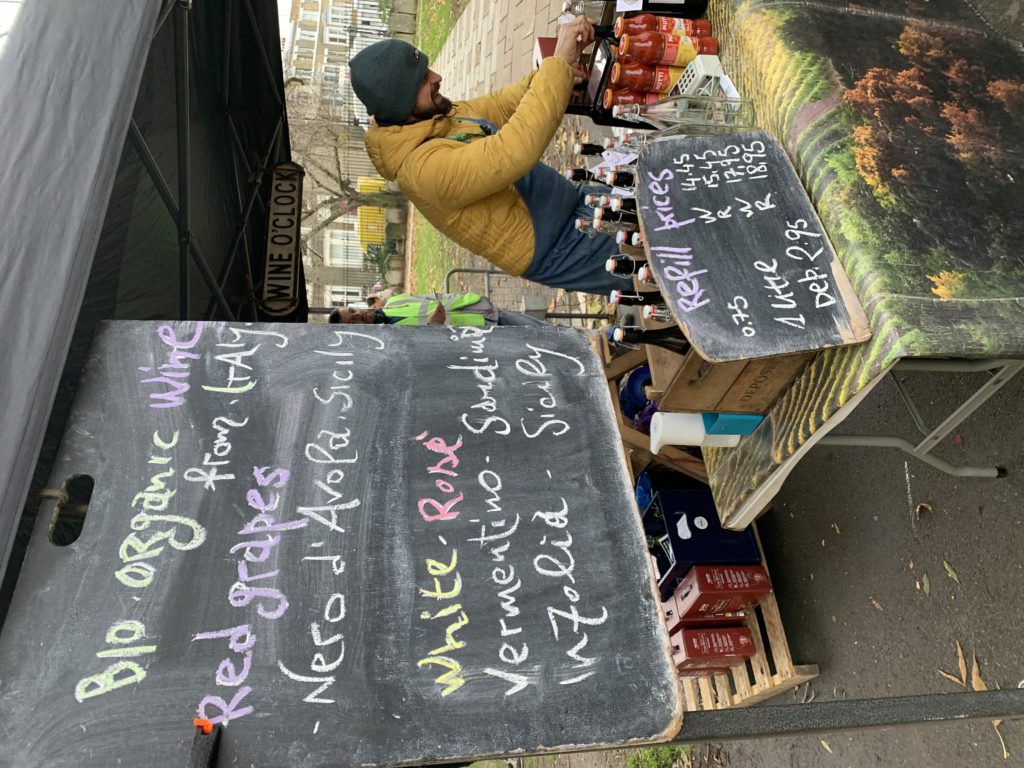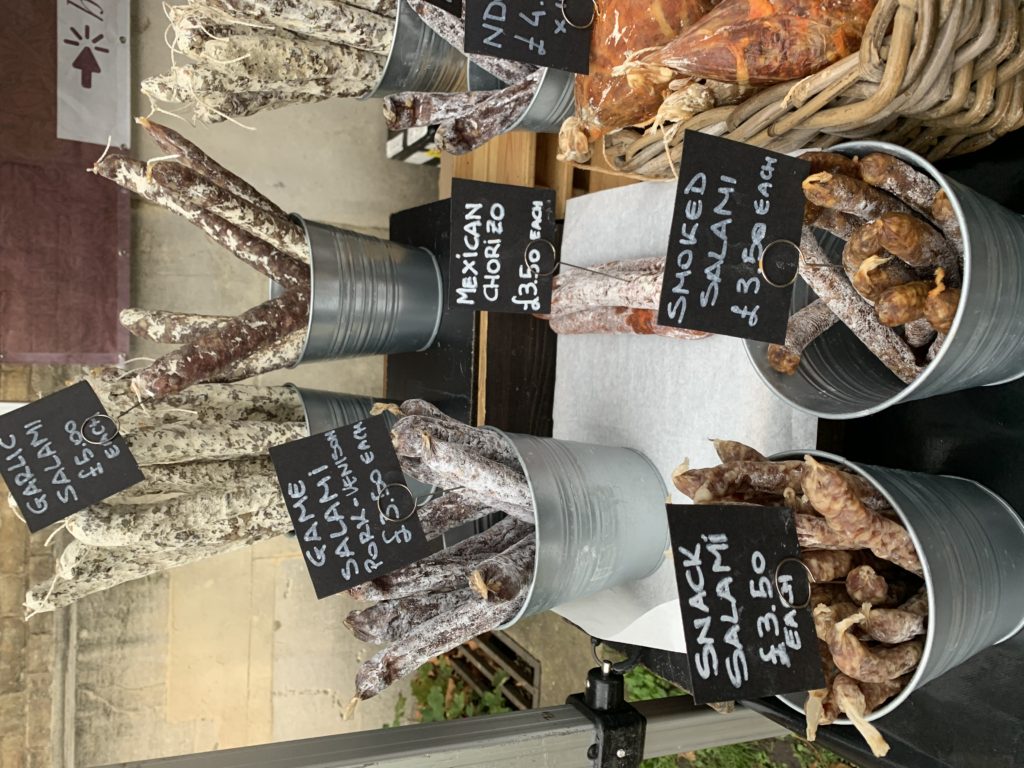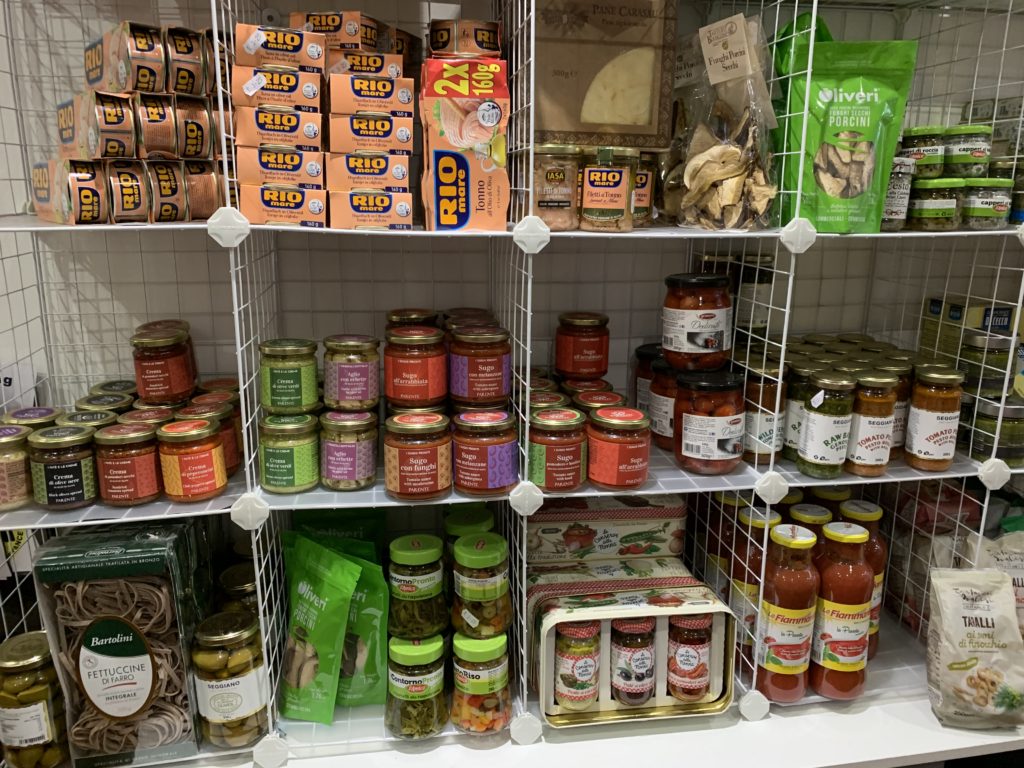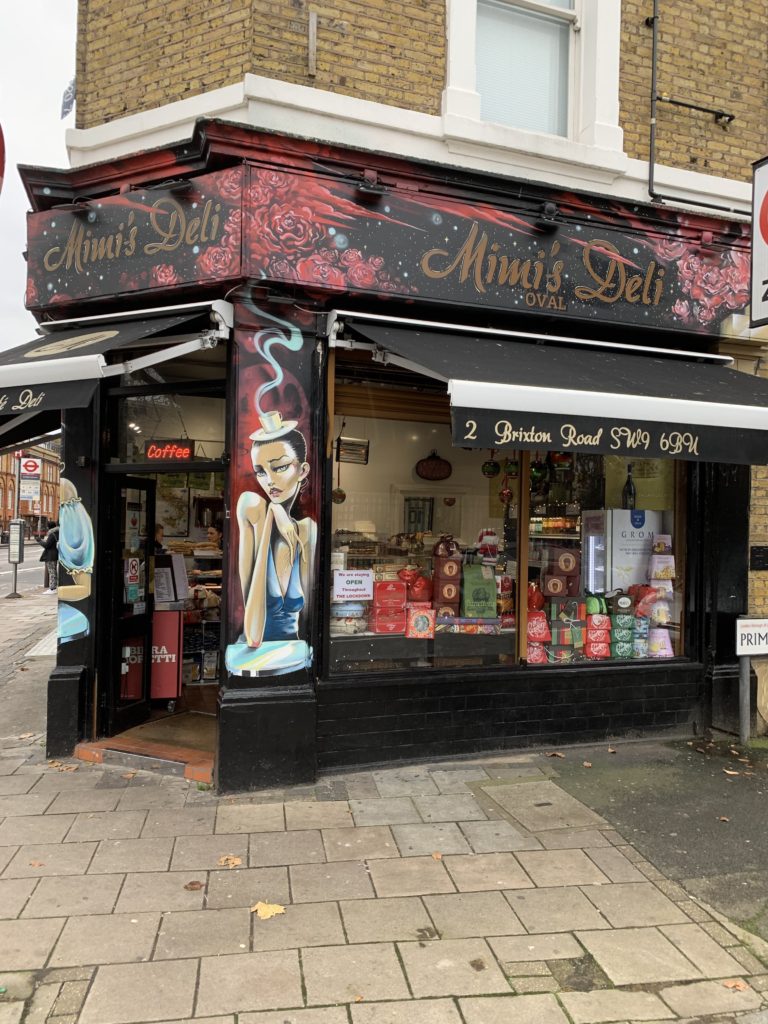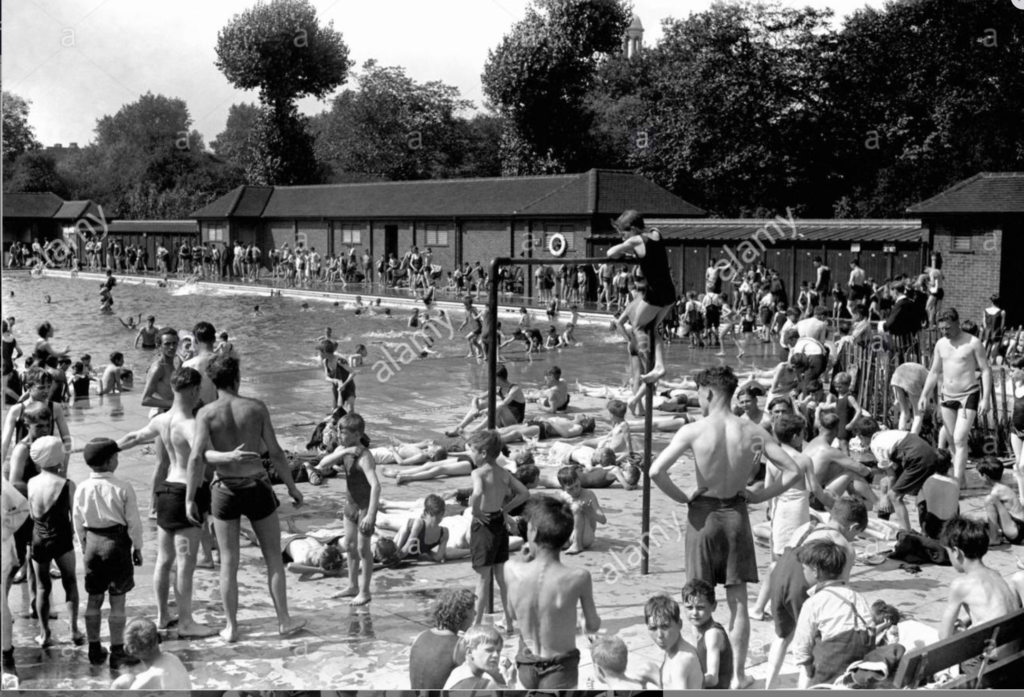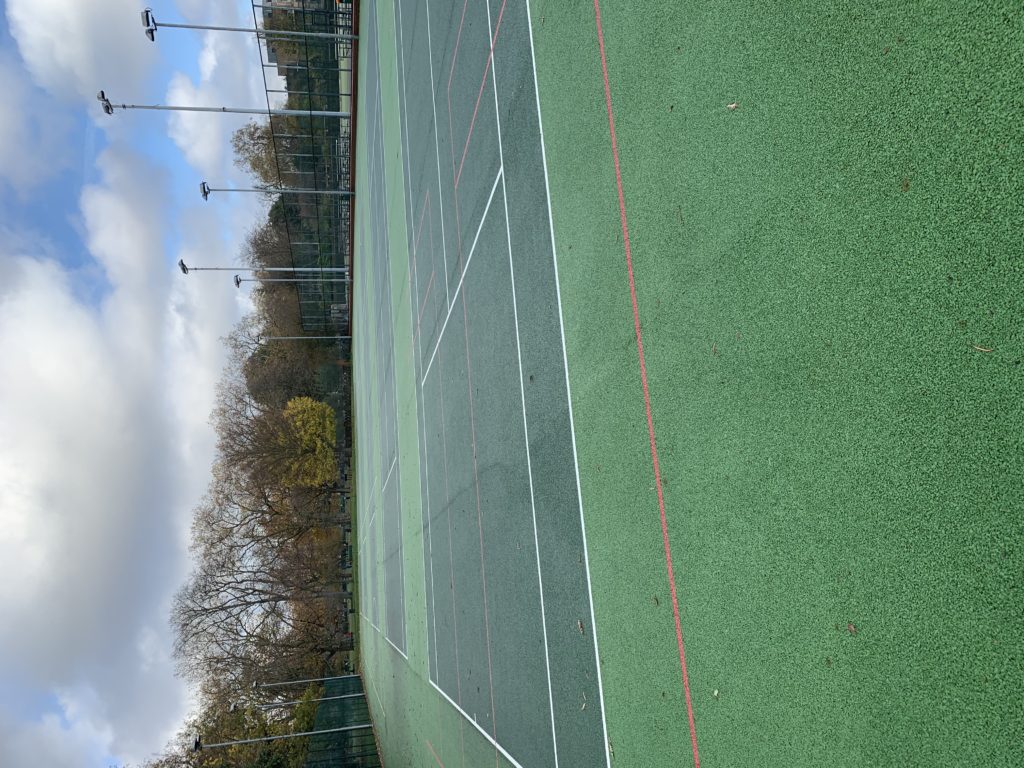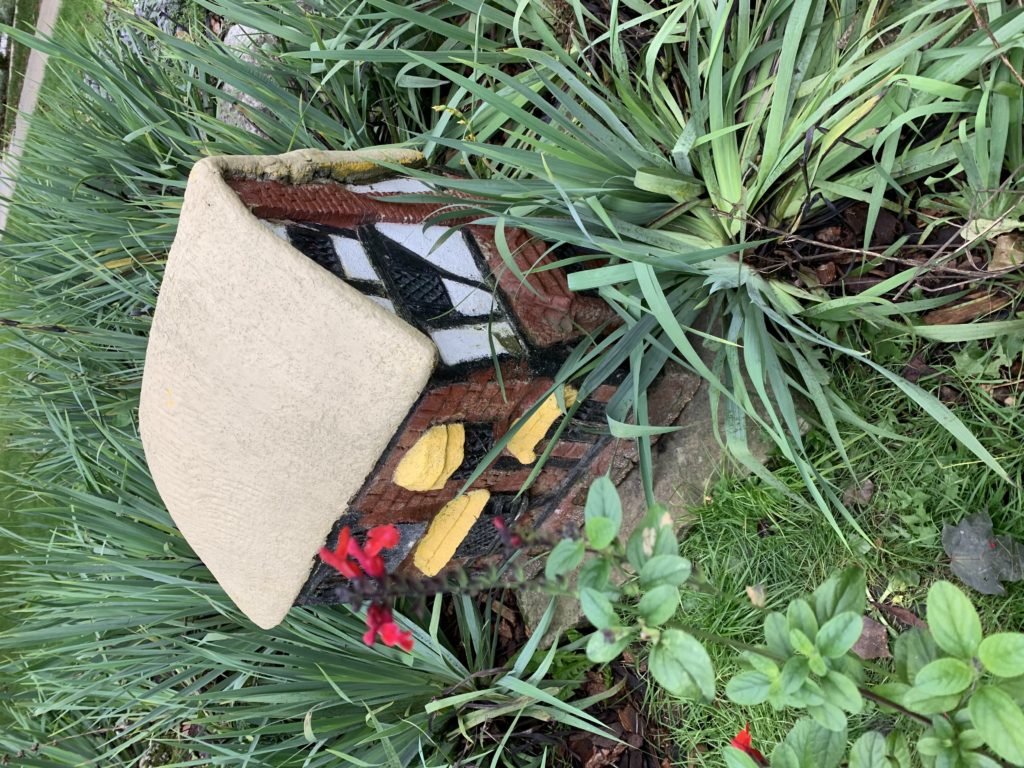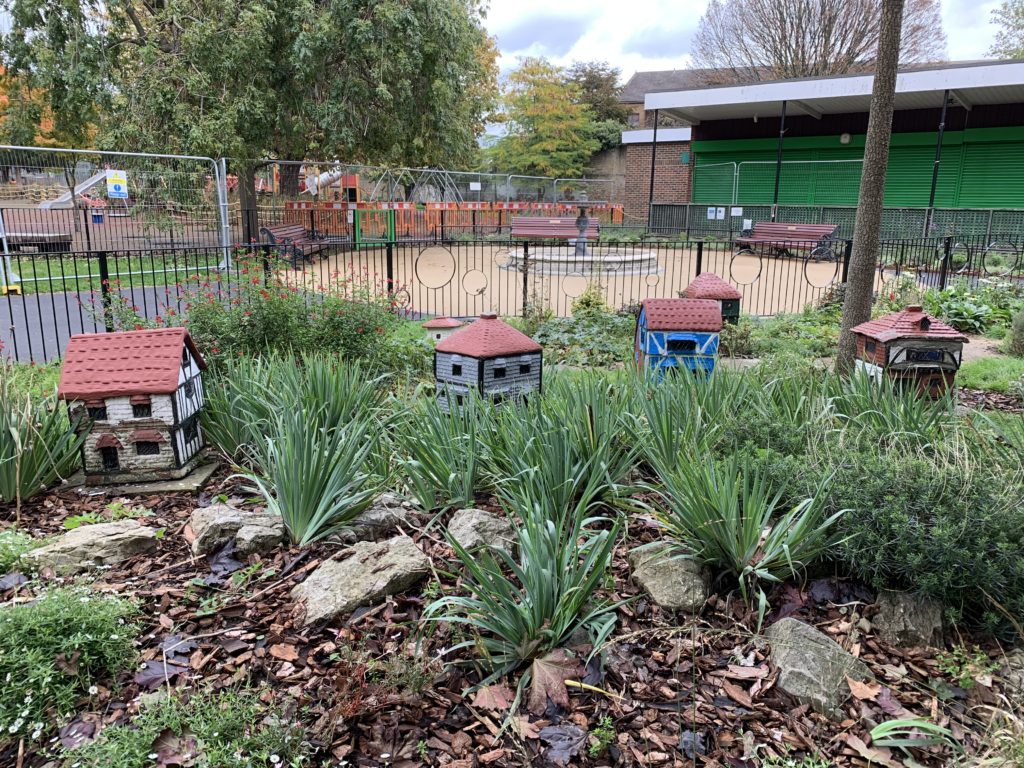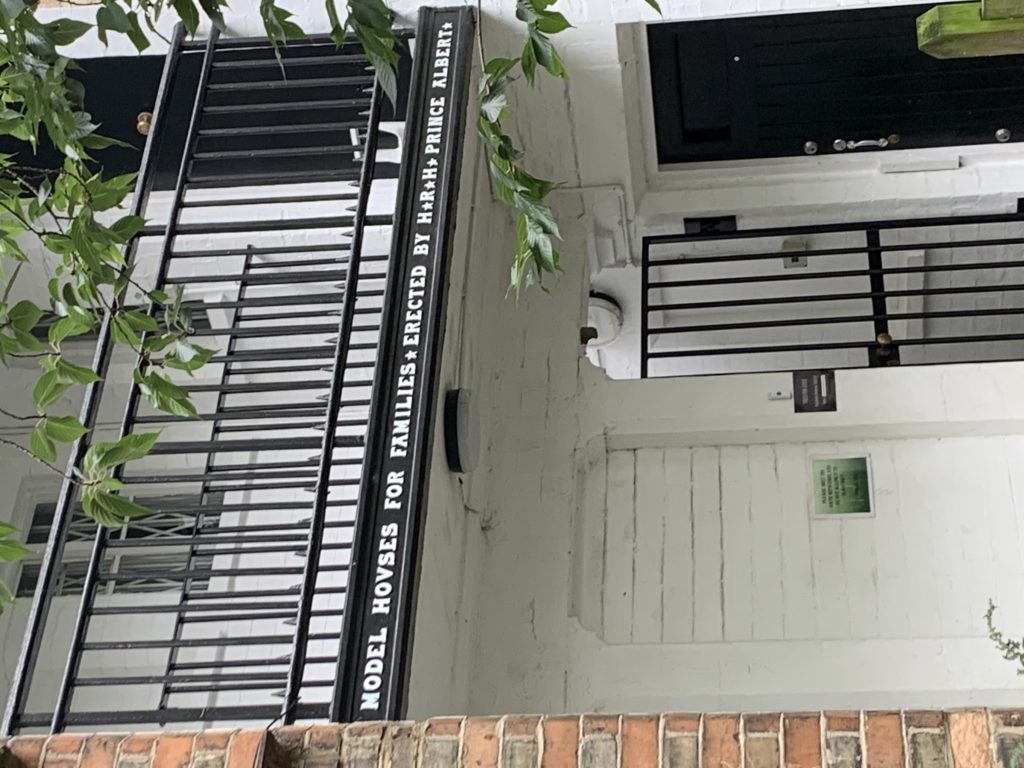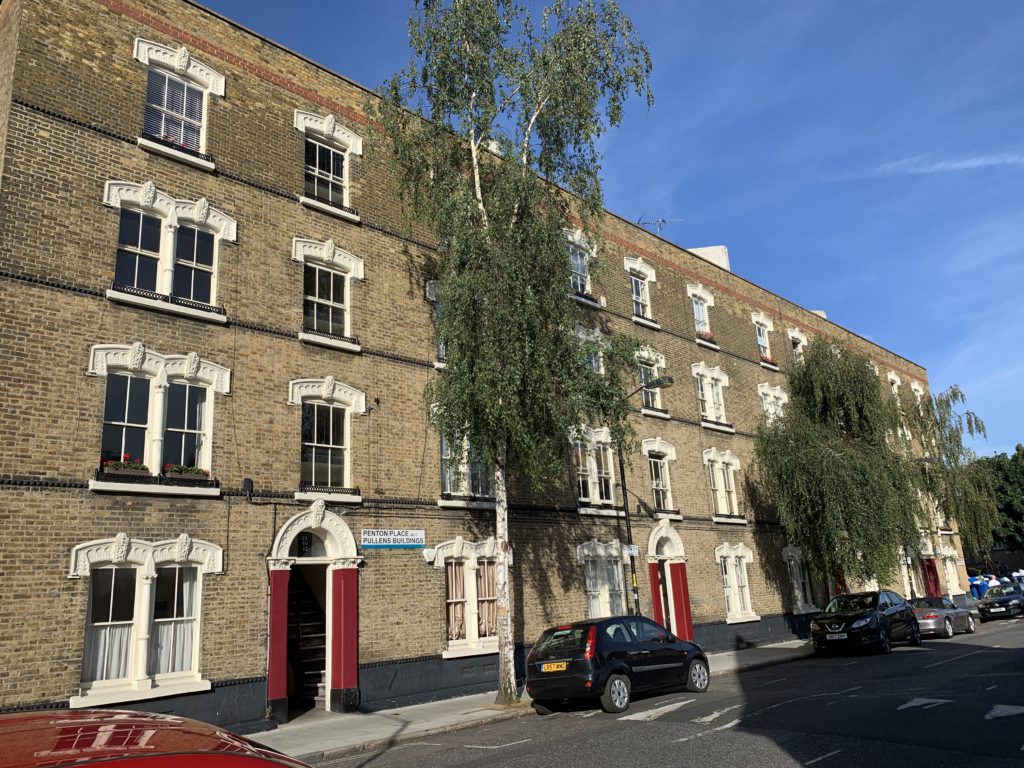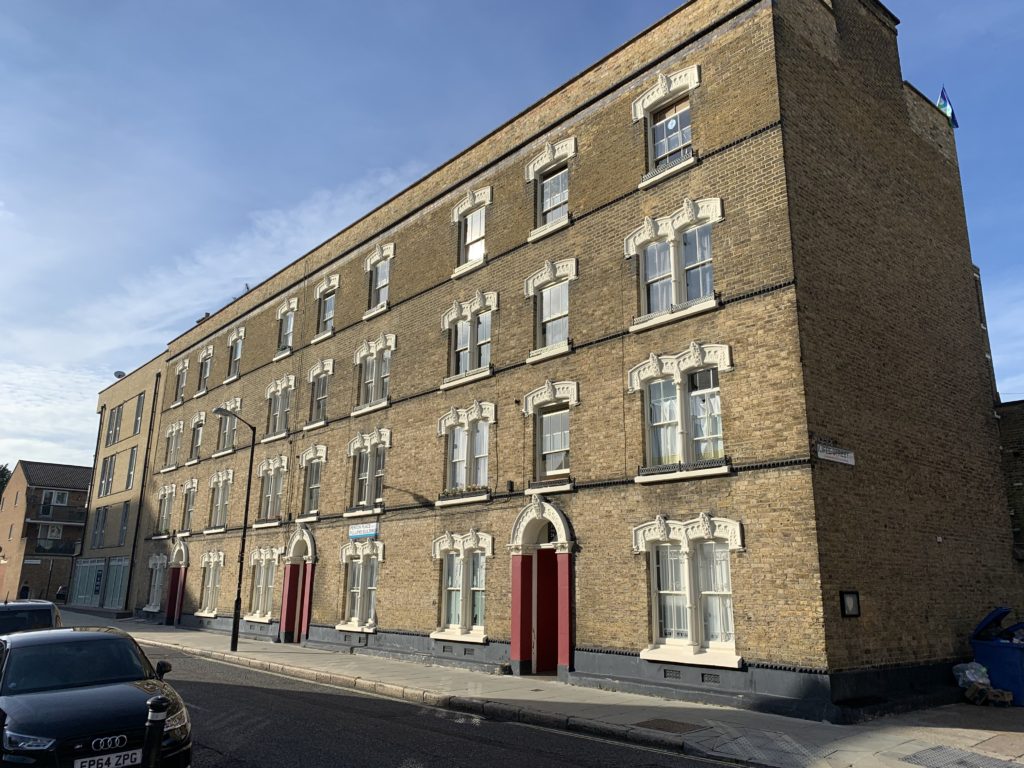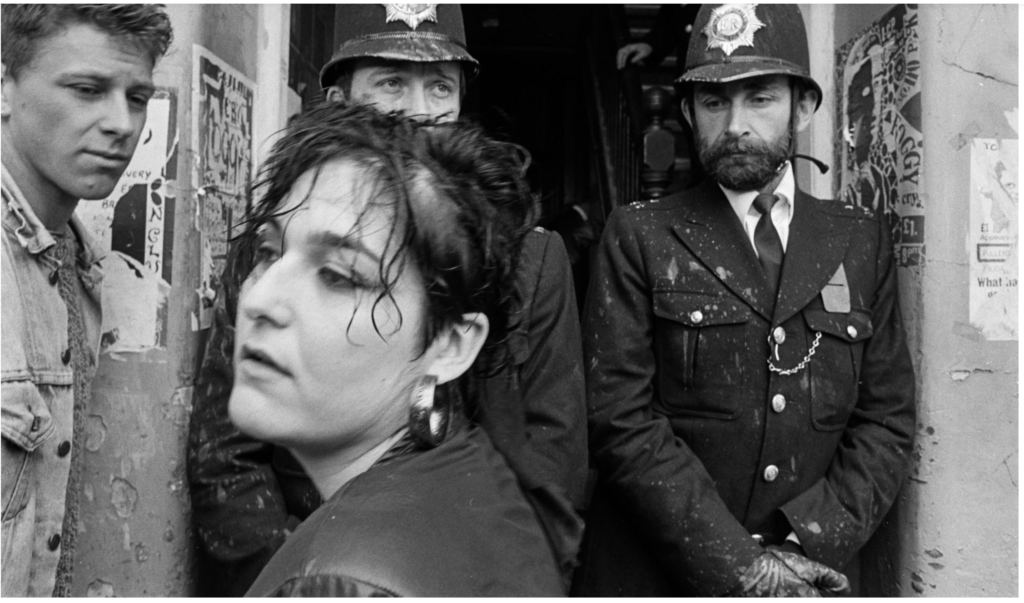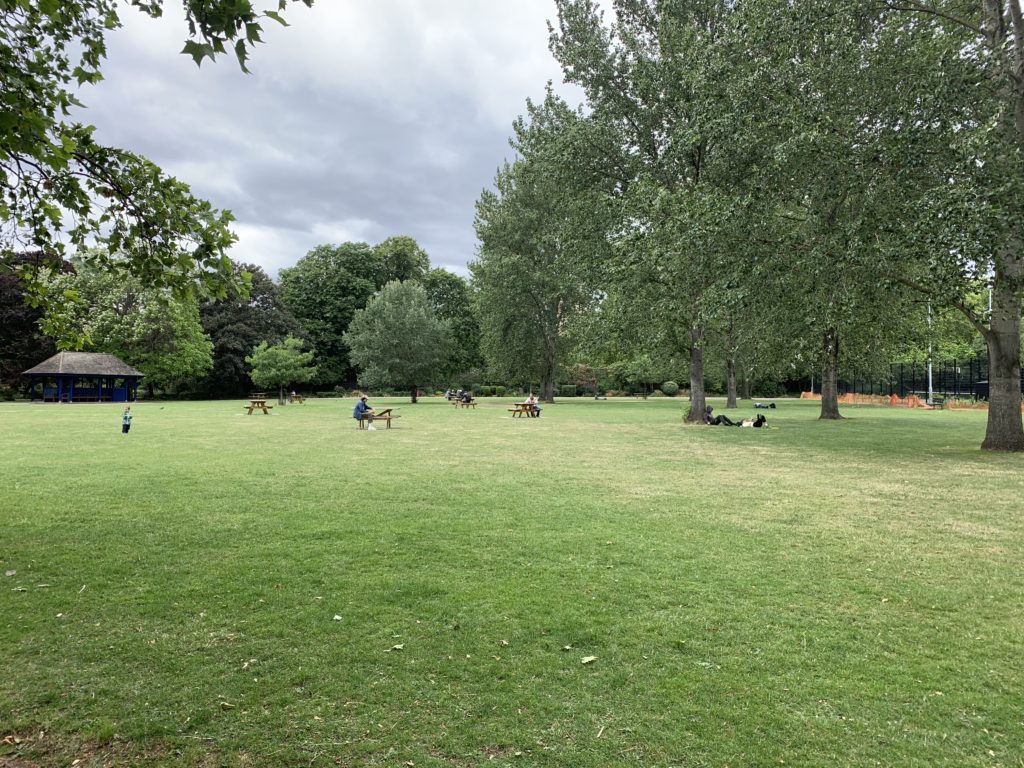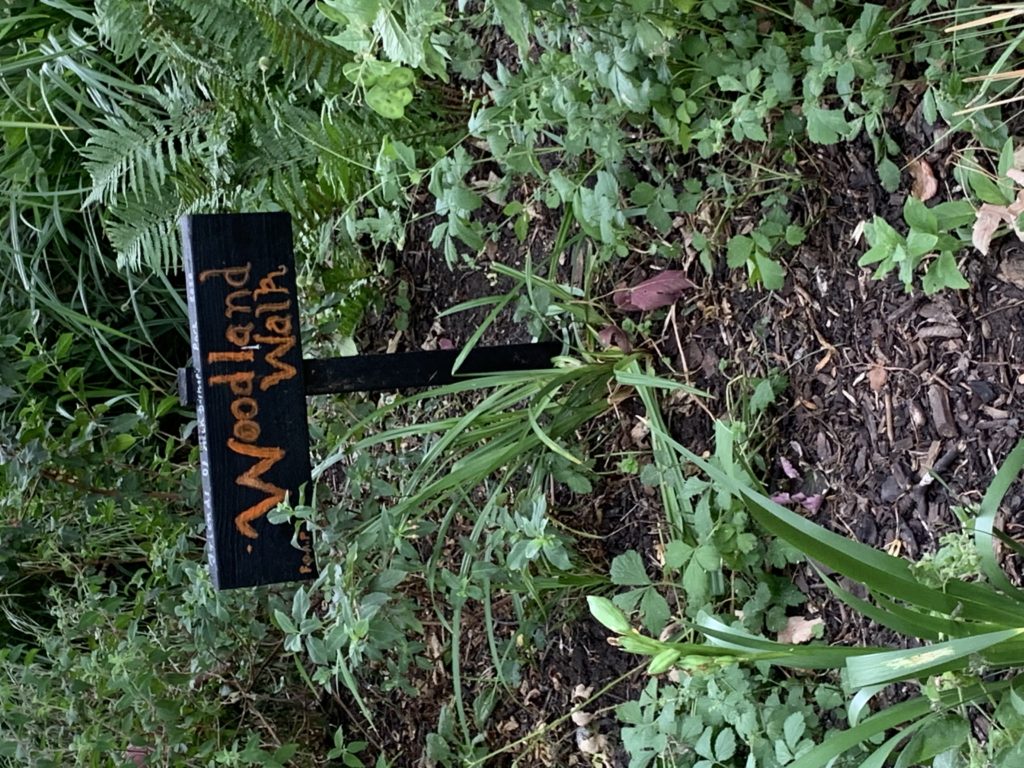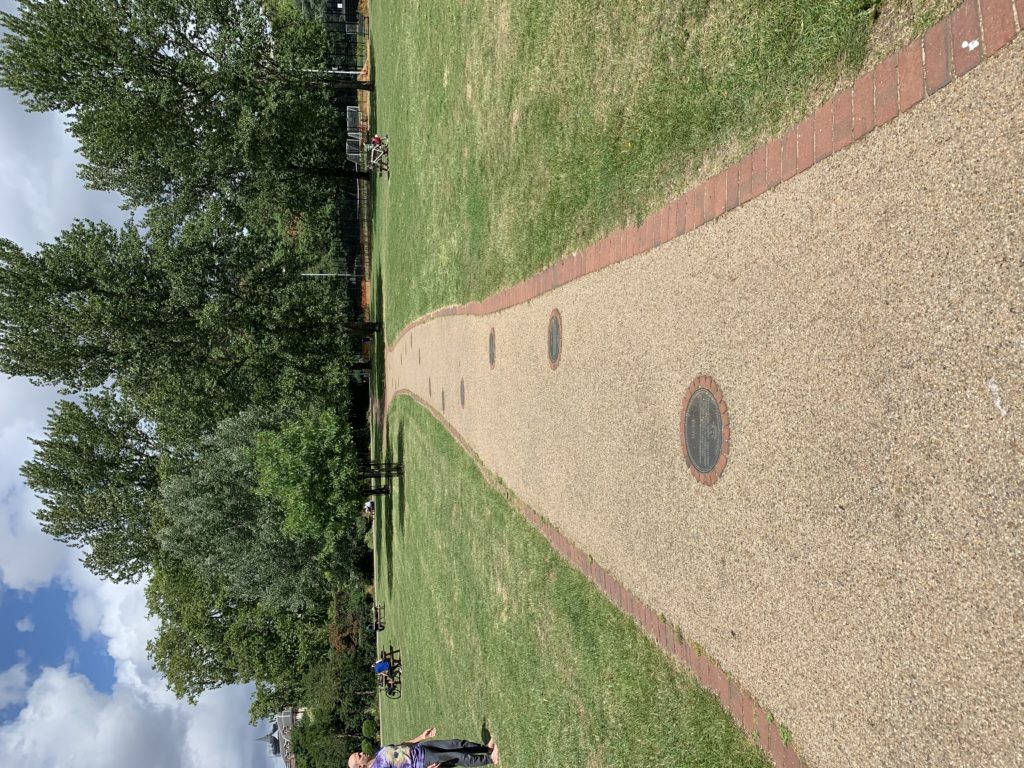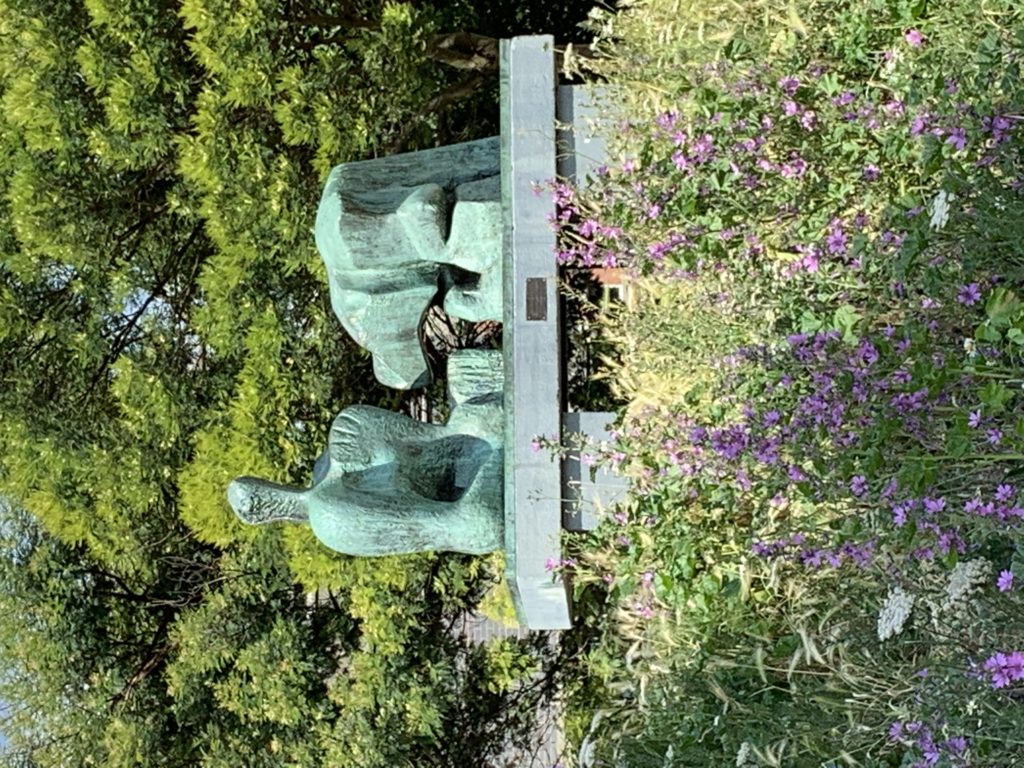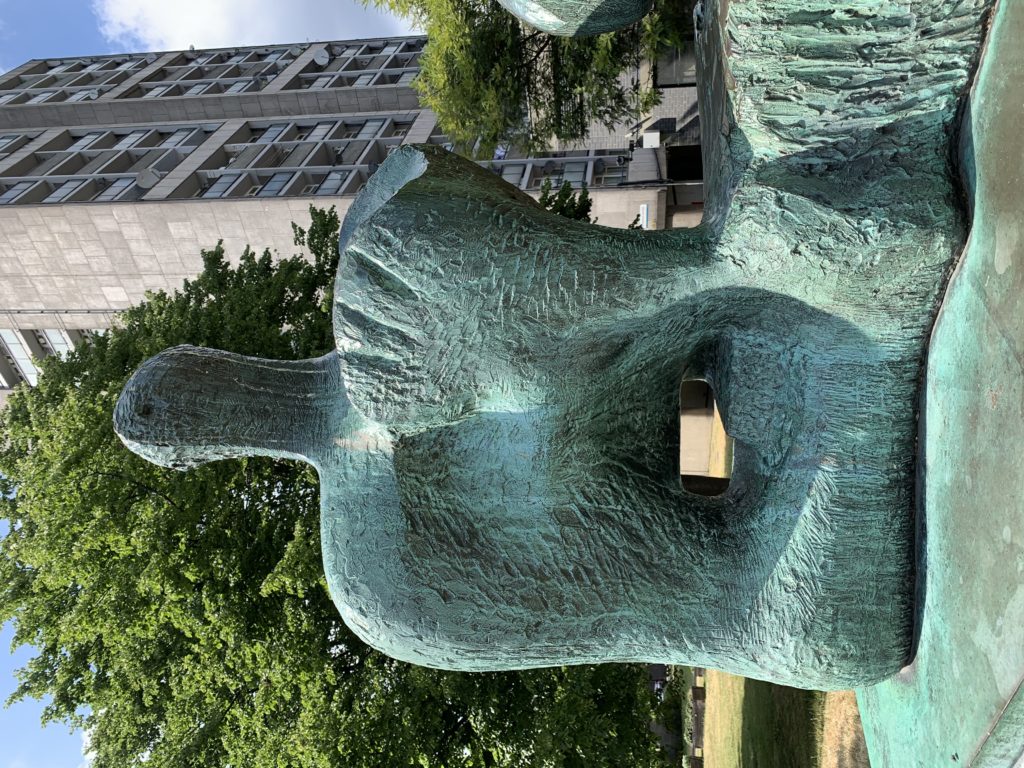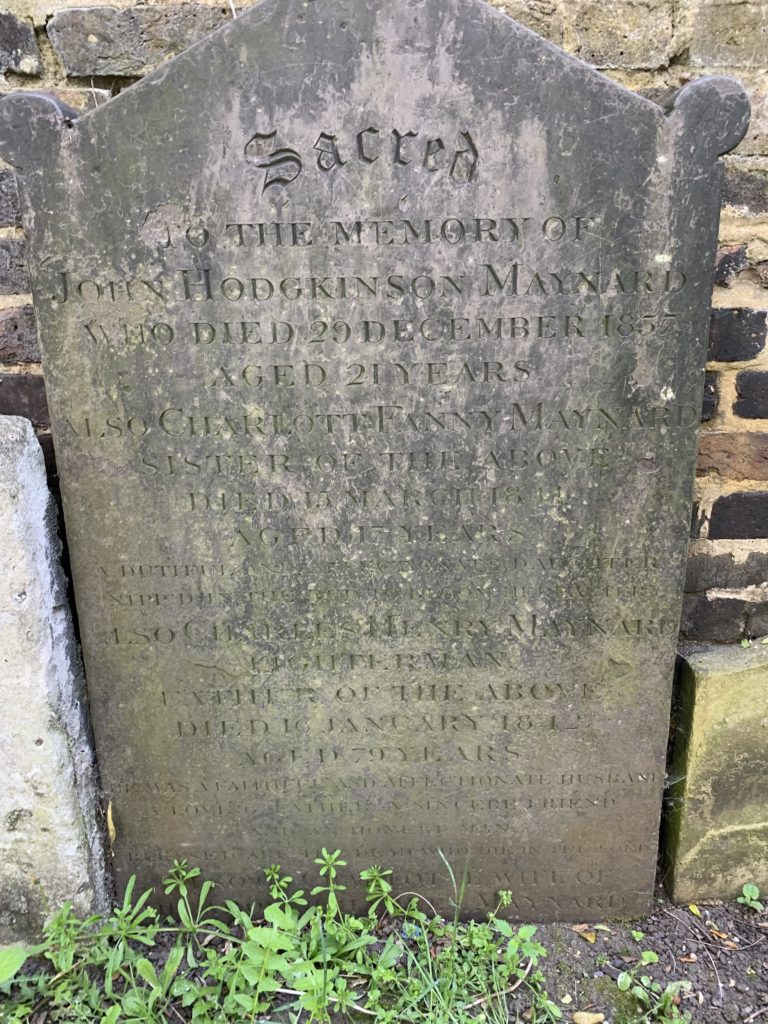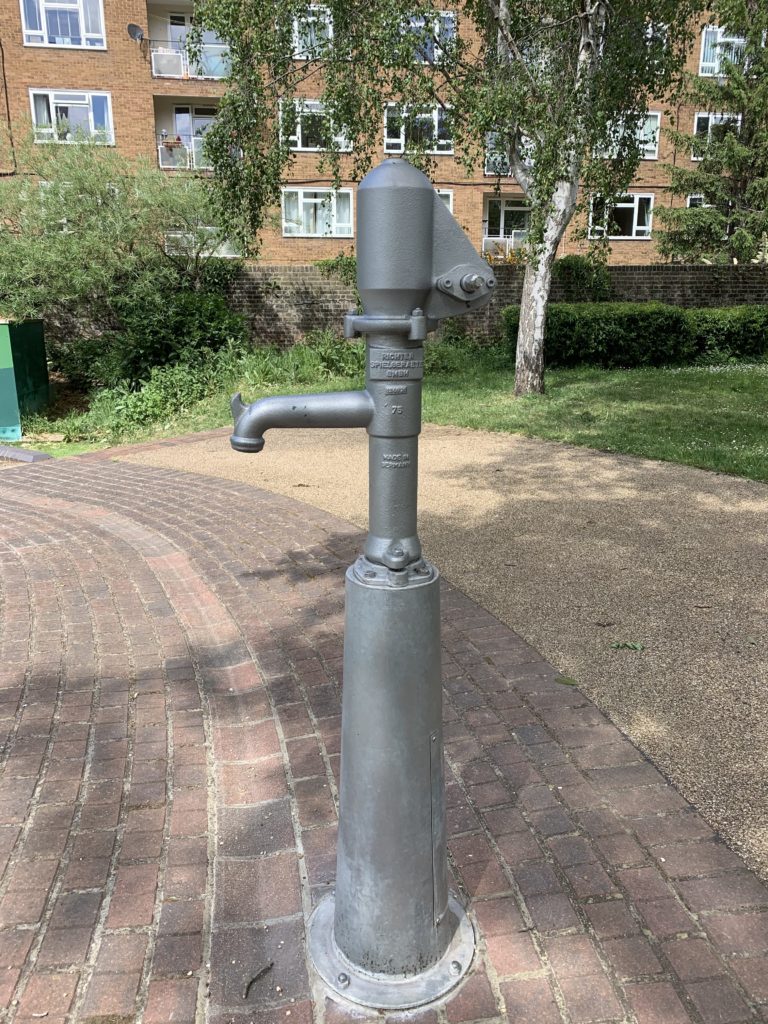On it’s second day of opening we paid a lunchtime visit to glorious local institution Vauxhall City Farm. In case you haven’t been, VCF is a charity and home to over 100 farm animals. They have a breeding programme, a riding school, education programmes, work experience and school tours, amongst other things.
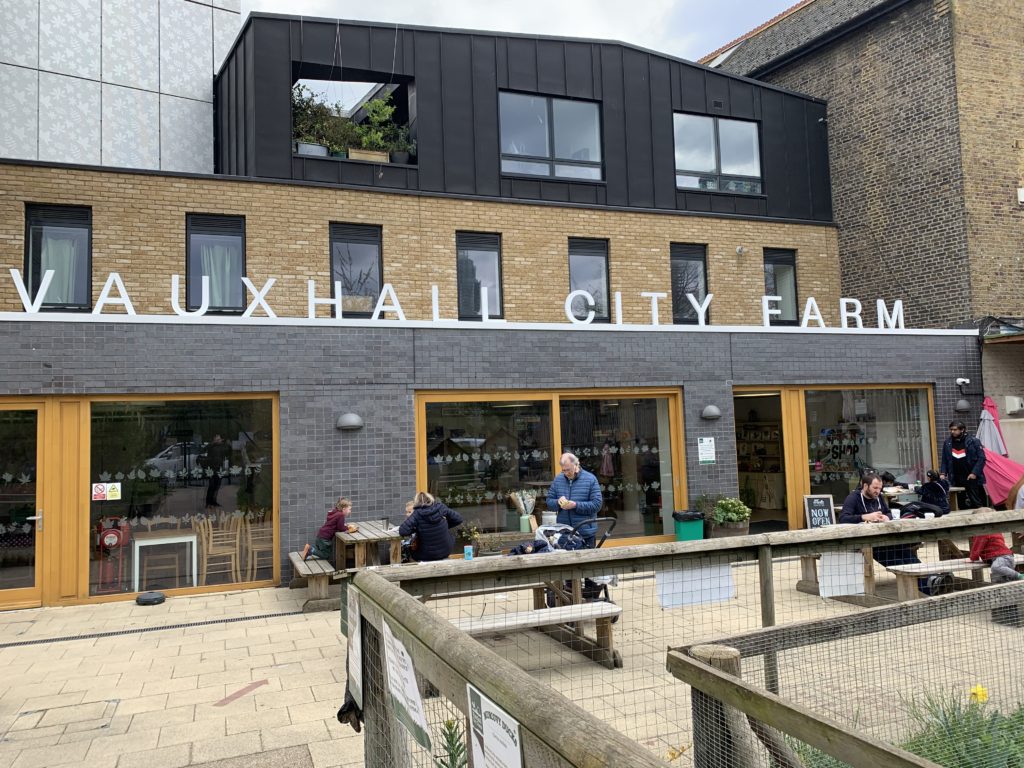
One of the invaluable things about the Farm is that it allows, for free, young people in Greater Kennington to experience farm animals who they might have otherwise never seen. It’s also fun for adults just to stroll around, but right now you can’t feed them (the animals, not your fellow adults). On our visit we saw chickens, lambs, sheep, turkeys, rabbits, goats, pigs, ducks and birds. They additionally house larger animals such as donkeys and horses. Later in the spring they will be selling fresh eggs from the chickens. They are actually green, and wonderful.
In addition to the animals, the Farm also has a café/gift shop which are vital sources of revenue for them. So after comingling with the critters we sat down for a bite to eat. The food unfortunately is not vegetarian, but fortunately it is not made onsite. It would be a little distressing to build up a relationship with little Louie the lamb only to later encounter Louie in a kebab format. They do have homemade cakes, however, and the nice man at the counter assured us that in a few weeks their regular onsite kitchen and menu will be up and running.
The Farm is totally free and as a registered charity VCF relies on donations from the likes of us to keep it afloat, and as you can imagine the past 12 months have been pretty grim times for even the most upbeat bunny. There are several ways to donate onsite by text message, or multiple ways you can get involved financially by clicking here. Moooo!

